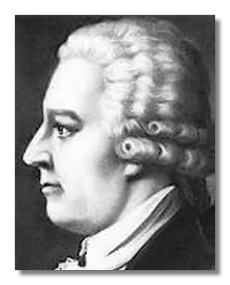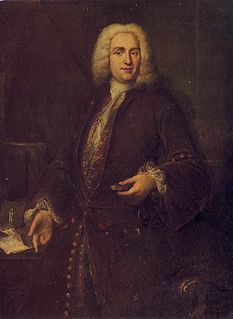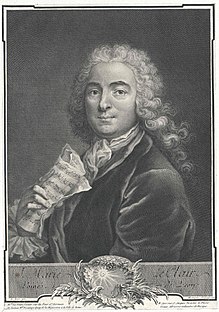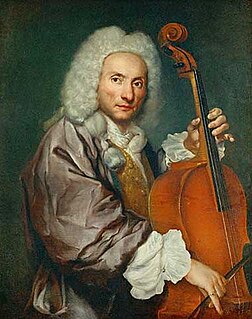Related Research Articles
A mandolin is a stringed musical instrument in the lute family and is generally plucked with a plectrum. It most commonly has four courses of doubled metal strings tuned in unison, thus giving a total of 8 strings, although five and six course versions also exist. The courses are typically tuned in an interval of perfect fifths, with the same tuning as a violin. Also like the violin, it is the soprano member of a family that includes the mandola, octave mandolin, mandocello and mandobass.

Tomaso Giovanni Albinoni was an Italian Baroque composer. His output includes operas, concertos, sonatas for one to six instruments, sinfonias, and solo cantatas. While famous in his day as an opera composer, he is known today for his instrumental music, especially his concertos. He is also remembered today for a work called "Adagio in G minor", attributed to him but said to be written by Remo Giazotto, a 20th century musicologist and composer, who was a cataloger of the works of Albinoni.

Johann Schobert was a composer and harpsichordist. His date of birth is given variously as about 1720, about 1735, or about 1740, his place of birth as Silesia, Alsace, or Nuremberg. He died after eating poisonous mushrooms that he insisted were edible.
The year 1727 in music involved some significant events.

Ferdinand Ries was a German composer. Ries was a friend, pupil and secretary of Ludwig van Beethoven. He composed eight symphonies, a violin concerto, nine piano concertos, three operas, and numerous other works, including 26 string quartets. In 1838 he published a collection of reminiscences of his teacher Beethoven, co-written with Franz Wegeler. The symphonies, some chamber works—most of them with piano—his violin concerto and his piano concertos have been recorded, exhibiting a style which, given his connection to Beethoven, lies between the Classical and early Romantic styles.

Joseph Bodin de Boismortier was a French baroque composer of instrumental music, cantatas, opéra-ballets, and vocal music. Boismortier was one of the first composers to have no patrons: having obtained a royal licence for engraving music in 1724, he made enormous sums of money by publishing his music for sale to the public.
Michel Blavet was a French composer and flute virtuoso. Although Blavet taught himself to play almost every instrument, he specialized in the bassoon and the flute which he held to the left, the opposite of how most flutists hold theirs today.

Jean-Marie Leclair l'aîné was a French Baroque violinist and composer. He is considered to have founded the French violin school. His brothers, the lesser-known Jean-Marie Leclair the younger (1703–77) as well as Pierre Leclair (1709–84) and Jean-Benoît Leclair, were also musicians.

Giovanni Battista Cirri was an Italian cellist and composer in the 18th century.

Jean-Baptiste Sebastien Bréval was a French cellist and composer. He wrote mostly pieces for his own instrument, and performed many world premières of his own pieces.

Nicolas Bacri is a French composer. He has written works that include seven symphonies, eleven string quartets, eight cantatas, two one-act operas, three piano sonatas, two cello and piano sonatas, four violin and piano sonatas, six piano trios, four violin concertos and numerous other concertante works.
Jacques Aubert, also known as Jacques Aubert le Vieux, was a French composer and violinist of the Baroque period.

Frédéric Blasius was a French violinist, clarinetist, conductor, and composer. Born MatthäusBlasius, he used Frédéric as his pen name on his publications in Paris.
Federigo Fiorillo was a mandolinist and composer, who wrote thirty-six caprices for violin, also called études.
Isidore Bertheaume was a French classical composer and violinist.

Jean-Baptiste Davaux was a French classical violinist and composer.
Nicolas Capron was a French classical violinist and composer.

Gabriele Leone was an Italian musician and composer who lived in Paris during the middle and later part of the 18th century. A virtuoso on the violin and mandolin, he wrote an early mandolin method, Analytical method for mastering the violin or the mandolin in 1768 and composed for both instruments. He was an early teacher of the duo method, an advanced technique which would reappear in the 20th century, taught by Giuseppe Pettine in the United States.